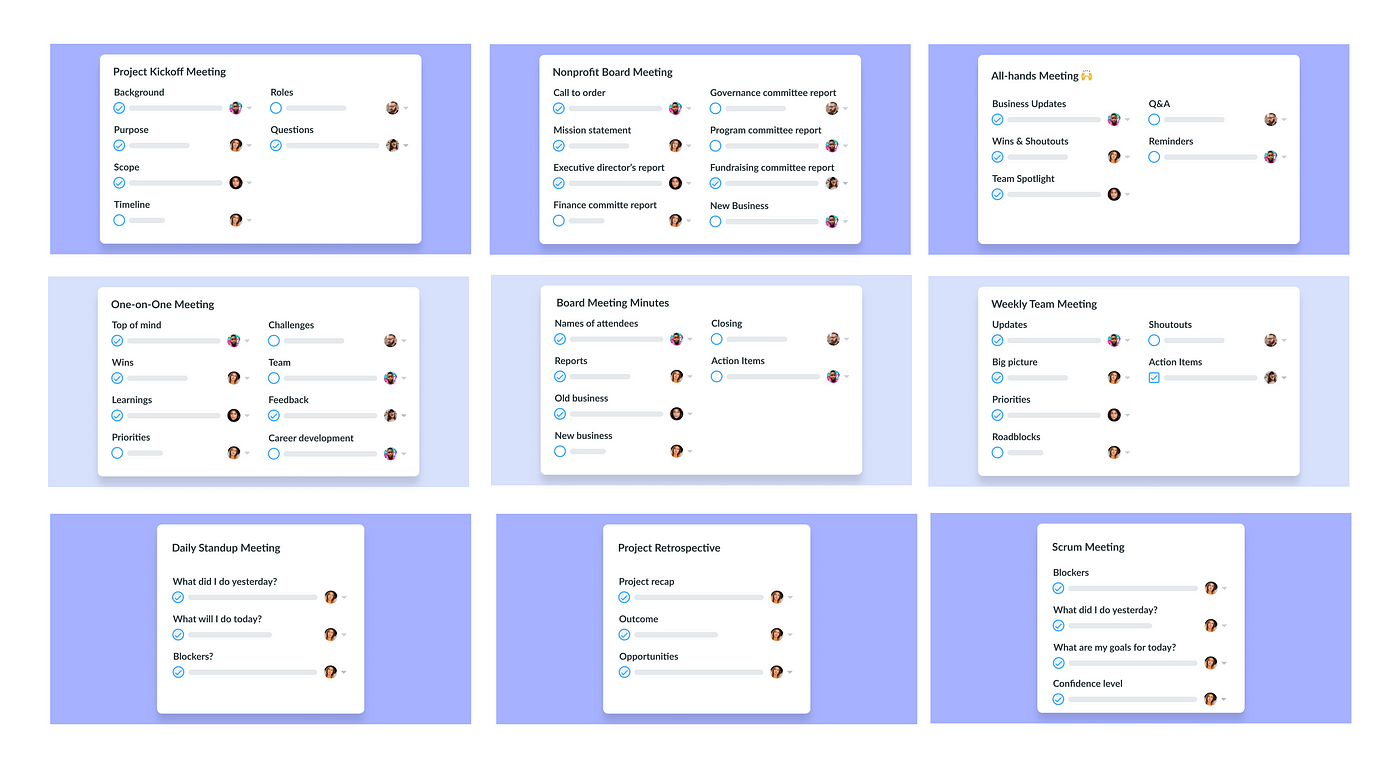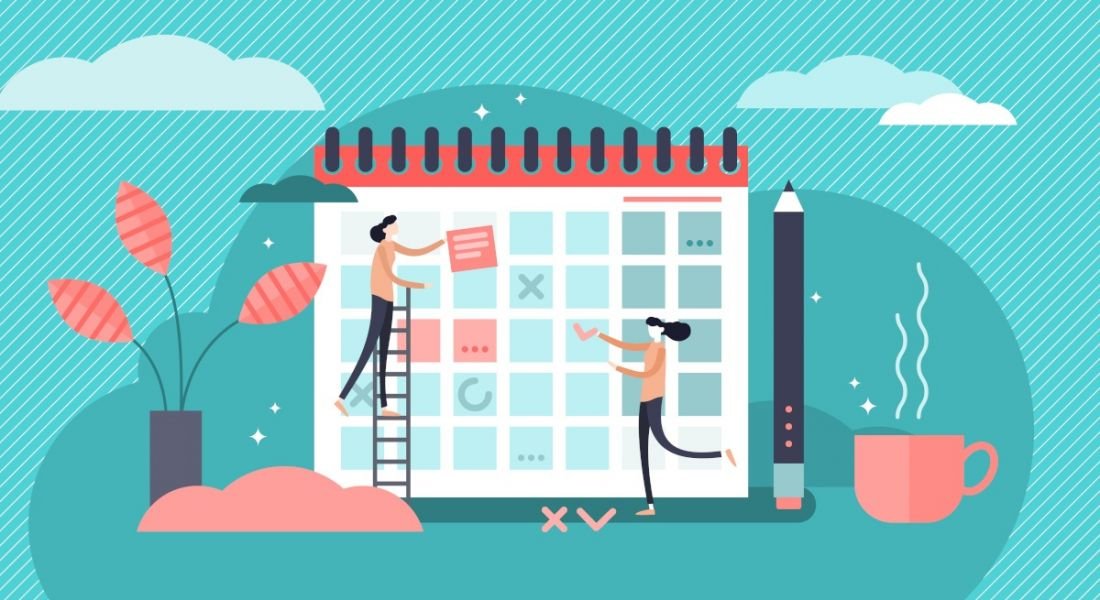
Meeting Agenda Best Practices for Engaging Conversations
Have you ever found yourself in a meeting that was as dry as a desert, where the conversation was about as engaging as watching paint dry? We’ve all been there. The key to vibrant, effective meetings lies in a well-crafted agenda. But what exactly makes an agenda more than just a bullet-pointed list of topics? Fear not! The art of designing and conducting meetings that spark exciting conversations isn’t reserved for the few. It’s an inclusive party, and everyone’s invited, especially you!
Whether you are a seasoned team leader or someone stepping into the shoes of facilitating a meeting, these best practices will transform your agendas into blueprints for dynamic and productive discussions.
Clarity is Your Best Friend
Have you ever received a meeting invite with an agenda so vague, it left you wondering what the meeting is even about? That’s a no-go. Clarity in your agenda sets the tone for the entire conversation. Clearly define the purpose of the meeting, outline the main objectives, and ensure each topic is well-explained. Assign responsibility to individuals to prepare and lead particular parts of the discussion. Why? Because when people know what’s expected of them, they can prepare, participate, and pitch in with confidence.
Timing is Everything
Imagine you’re cooking a feast — you wouldn’t want your appetizers to arrive at the same time as your dessert, right? Similarly, each topic in your meeting needs its proper place and time. Assign a realistic time slot for each item, and include a brief description of what needs to be achieved. This keeps the meeting on track and respects everyone’s time. Trust me, your attendees will thank you for this one!
Priority Isn’t Just a Fancy Word
Not all meeting points are created equal. Some are the heavyweights, others — featherweights. Place the most critical items at the top of your agenda. Why? Because in the world of meetings, energy and attention are at their peak in the beginning. This ensures that your key issues get the spotlight they deserve. And if time runs out before you reach the less crucial items, you’ve still covered the essentials.
Engagement is The Secret Sauce
Ever felt like a spectator at a meeting when you should be part of the action? Yeah, let’s pivot from that. Design your agenda to be a tool for engagement, not just a list to be checked off. How? By posing questions next to each agenda point that provoke thought and encourage input. This transforms passive listeners into active participants. It’s like inviting your attendees to a dance floor made of ideas — everyone gets to move and groove!
Flexibility is Your Ally
Ever watched a basketball game where a team sticks to a failing game plan? That’s rough. Be ready to adapt your agenda if the conversation takes an unexpected but valuable turn. It’s about striking a balance between structure and spontaneity. Provide a framework but leave room for creative detours. And if certain agenda points are taking longer than expected due to productive discussion, be prepared to shift less urgent topics to the next meeting.
Pre-Meeting Prep is Non-Negotiable
You wouldn’t go on a road trip without checking your tires, would you? Before the meeting, share your agenda with the attendees and include any preparatory material. This heads-up empowers them to bring their A-game to the meeting. Ensuring everyone is ready ahead of time means you won’t spend half the meeting getting everyone up to speed. It’s about giving everyone a fair start line.
Follow Through Equals Follow Up
A great meeting isn’t truly great until the decisions made are in action. So, what’s the game plan after everyone logs off or leaves the room? Outline next steps and assign clear actions to individuals. Capture this in the minutes and distribute them promptly. Remember, an agenda isn’t just for meetings; it also sets the stage for what happens after. It’s not just a single play; it’s the entire playbook for the work ahead.
Feedback is Your Friend

Last but not least, seek feedback on the meeting’s agenda and flow. How else will you know if you’ve scored a goal or missed the mark? Encourage attendees to share what worked and what could be better. This continuous loop of feedback and improvement will refine your meeting magic and keep everyone coming back for more.
To wrap it up, think of your meeting agenda as a compass — it points everyone in the right direction and helps navigate through the conversation. With clarity, timing, prioritization, engagement, flexibility, preparation, follow-up, and feedback, your agendas will no longer be dull or daunting. They’ll be your blueprint for meetings where ideas bounce like ping-pong balls and decisions are made with the precision of a well-played chess game.
Adopt these best practices, and you’ll transform meetings from snooze-fests into powerhouses of productivity. And, who knows, you might just find yourself looking forward to that next meeting invite. Now, go forth and facilitate meetings that make history — or at least make a difference in your day!
And by the way, if you’re leading your next meeting with these tips in your arsenal, you’re not just the facilitator; you’re the maestro of meaningful meetings. Lead on!